Have you ever wondered why coffee can taste so different, even when using the same beans? It turns out that the extraction method and temperature play a significant role in shaping the flavor profile of your cup. In particular, the temperature at which you brew your coffee is a crucial factor that can unlock a richer taste experience. By managing this temperature effectively, you can elevate your coffee enjoyment to new heights.
In this article, we’ll dive into the essentials of coffee extraction temperature, explore the differences between single-origin and blended coffees, and discuss the various brewing methods available. Whether you’re a casual drinker or a coffee enthusiast, you’ll find valuable tips to help you discover your ideal cup. So stick around to the end!
- Discover how extraction temperature impacts coffee flavor
- Learn the key differences between single-origin and blended coffees
- Master temperature management techniques for various brewing methods
What is Coffee Extraction Temperature?
One of the essential elements in brewing coffee is the extraction temperature. This temperature plays a crucial role in bringing out the flavors and aromas of the coffee. By extracting at the right temperature, you can maximize the beans’ inherent taste. So, let’s take a closer look at how extraction temperature specifically impacts the flavor of coffee.
The Basics of Extraction Temperature
First off, coffee extraction temperature refers to the temperature of the water used during the brewing process. Generally, it’s recommended to brew coffee at a temperature between 90 to 96 degrees Celsius (194 to 205 degrees Fahrenheit). By adjusting the temperature within this range, you can achieve the optimal extraction based on the type of beans and their roast level. If the temperature is too high, the coffee can become overly bitter, while brewing at too low a temperature tends to highlight acidity.
Moreover, the ideal extraction temperature also varies depending on the type of beans and their roast profile. For instance, light-roasted single-origin coffees can be brewed at a slightly lower temperature to enhance their fruity aromas. On the other hand, dark-roasted blended coffees benefit from a slightly higher brewing temperature, which brings out their sweetness and richness.
- The basic extraction temperature for coffee is 90 to 96 degrees Celsius
- Higher temperatures emphasize bitterness
- Lower temperatures tend to highlight acidity
How Temperature Affects Flavor
The flavor of coffee can change dramatically based on the extraction temperature. Brewing at the right temperature allows you to fully draw out the beans’ flavors and aromas. For example, coffee brewed at an ideal temperature typically has a smooth mouthfeel and a well-balanced taste.
Additionally, when the extraction temperature is too high, the components in the coffee can dissolve excessively, leading to increased bitterness and astringency. Therefore, adjusting the temperature is essential for enjoying coffee. Experimenting with different temperatures to find your preferred flavor profile can be quite fun!

If you found this article interesting, you might also enjoy our piece on “Comparing Light, Medium, and Dark Roasts.” This article provides a detailed explanation of flavor differences based on roast levels and can help deepen your understanding of coffee flavors alongside extraction temperature. Comparing Light, Medium, and Dark Roasts
- Extraction temperature is a key factor in flavor
- Proper temperature results in a smooth mouthfeel
- Too high a temperature can increase bitterness and astringency
Discovering the Ideal Brewing Temperature
The brewing temperature of coffee can vary significantly depending on the type of beans used. In particular, single-origin coffees and blends each have their own unique characteristics, which means that the ideal brewing temperature will differ as well. In this section, we’ll explore the distinct features of each and provide tips on how to find that perfect temperature. We’ll also touch on the relationship between roasting levels and brewing temperature to help you enjoy your coffee’s flavors to the fullest.
The Difference Between Single-Origin and Blends
Single-origin coffee refers to beans sourced from a specific region or farm, capturing the unique flavors and characteristics of that locale. To fully appreciate the individuality of single-origin coffee, a slightly lower brewing temperature is often best. This allows the fruity notes and aromas to shine through.
On the other hand, blend coffees are crafted from a mix of different beans. By combining various characteristics, blends offer a well-rounded flavor profile. In this case, setting a slightly higher brewing temperature can enhance the sweetness and richness of the coffee. Both single-origin and blends have their own charms, so feel free to experiment with temperature adjustments to discover what you enjoy most.
- Single-origin coffee is best brewed at a lower temperature
- Blends benefit from a higher brewing temperature
- It’s important to highlight the unique characteristics of each type of bean
The Connection with Roasting Levels
Roasting level is another crucial factor that affects coffee brewing temperature. Generally, light roasts are known for their bright acidity and fruity aromas. Therefore, brewing light roast beans at a slightly lower temperature can accentuate these qualities. Conversely, dark roasts are characterized by their rich body and sweetness, so using a slightly higher brewing temperature can help achieve a well-balanced flavor.
By considering the roasting level when adjusting your brewing temperature, you can deepen the overall flavor experience of your coffee. Experimenting with beans of various roasting levels to find your ideal temperature is part of the fun of brewing!
- Light roasts are best brewed at lower temperatures
- Dark roasts are more effective at higher temperatures
- The roasting level significantly influences flavor
The Diversity of Brewing Methods and Temperature Control
When it comes to brewing coffee, there’s a world of methods out there, each with its own unique characteristics. Whether you’re using a drip coffee maker or a French press, the same beans can yield surprisingly different flavors. Managing the brewing temperature is just as crucial; by setting the right temperature, you can bring out the coffee’s full flavor profile. In this section, we’ll dive deeper into the differences between popular brewing methods and explore some techniques for adjusting temperature.
The Difference Between Drip Coffee and French Press
Drip coffee is made by pouring hot water over finely ground coffee beans, allowing gravity to do the work of extraction. Temperature plays a vital role in this process. Generally, a water temperature between 90 and 96 degrees Celsius (194 to 205 degrees Fahrenheit) is recommended to effectively extract the beans’ flavors. Additionally, since the brewing time is relatively short, drip coffee tends to highlight the acidity and aroma of the beans.
On the other hand, the French press method involves steeping coarsely ground beans in hot water for a few minutes before pressing down the plunger. In this case, using a slightly higher temperature enhances the sweetness and richness of the brew. The French press is particularly appealing because it extracts the oils from the coffee beans, resulting in a rich, full-bodied flavor. Experimenting with different brewing methods can help you discover what you like best.
- Drip coffee relies on gravity for extraction
- French press involves steeping before pressing
- Temperature and brewing time significantly affect flavor
Techniques for Temperature Control
Adjusting the brewing temperature, which can greatly influence the taste of your coffee, can be done in a few ways. Ideally, using a thermometer to measure the water temperature accurately while boiling is best. However, you can also make adjustments by eye. For instance, letting boiling water cool down for a moment can bring it to the desired temperature.
Another method is to mix in some cold water, which is especially useful if you’re particular about your brewing temperature. Furthermore, experimenting with different temperatures using the same beans can lead to discovering various flavor profiles. Finding your perfect brewing temperature is key to enjoying coffee to the fullest.
- Using a thermometer for accurate measurement is ideal
- Letting boiling water cool slightly is an easy adjustment
- Exploring different temperatures with the same beans can be fun
The Philosophical Appeal of Coffee
Coffee is more than just a beverage; it embodies a rich culture and philosophy deeply woven into our lives. Every sip invites us to contemplate the optimal brewing temperature and the choice of beans, allowing us to rediscover ourselves through the experience. In this section, let’s explore the relationship between coffee and existence, as well as its role in our daily lives.
Coffee and Existence
The act of brewing coffee transcends mere routine; it becomes a moment of connection to our existence. Grinding the beans, pouring hot water, and waiting for the aroma to rise are all moments that bring us back to the present. This process not only allows us to appreciate the unique qualities of coffee but also serves as a time for self-reflection.
Moreover, enjoying coffee creates opportunities for connection with others. Sharing a cup with friends or family reinforces the importance of those shared moments. Through coffee, we can contemplate what it truly means to “be present.”
- Coffee offers moments of existential awareness
- Provides time for self-reflection
- Creates opportunities for connection with others
The Role of Coffee in Everyday Life
In our daily routines, coffee plays a special role. That first cup in the morning helps kickstart our day and refreshes our minds. Sipping coffee during work or study breaks can enhance focus and provide moments of relaxation. Coffee becomes a source of comfort and energy in our everyday lives.
Additionally, the ritual of brewing coffee can serve as a calming practice. Taking just a few minutes for a coffee break amidst a busy schedule can reduce stress and create space for a more relaxed mindset. In this way, coffee has become an indispensable part of our daily existence.
- The morning cup awakens the senses
- Boosts concentration during work or study breaks
- Coffee time provides mental clarity
Conclusion
The temperature at which coffee is brewed has a significant impact on its flavor profile. By understanding the characteristics of single origin and blended coffees, and brewing at the right temperature according to the roast level, you can truly unlock the beans’ inherent flavors. Additionally, experimenting with different brewing methods like drip or French press allows for even more diverse tasting experiences.
Moreover, coffee is more than just a beverage; it embodies a rich culture and philosophical depth that is woven into our daily lives. Enjoying coffee can create a sense of calm and foster connections with others. So, take the time to discover your preferred brewing temperature and indulge in a fulfilling coffee experience.
- The impact of brewing temperature on coffee flavor
- Understanding the characteristics of single origin and blends is crucial
- Coffee enriches our lives by providing a sense of calm and connection
We encourage you to explore and find your ideal cup of coffee. And don’t forget to share your coffee experiences in the comments!




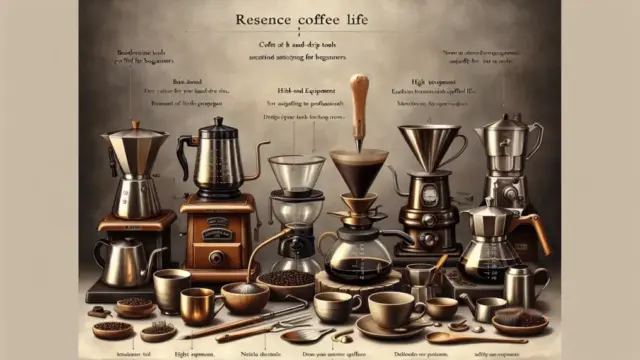

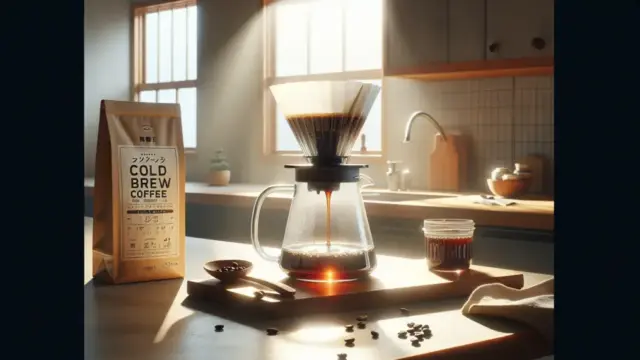













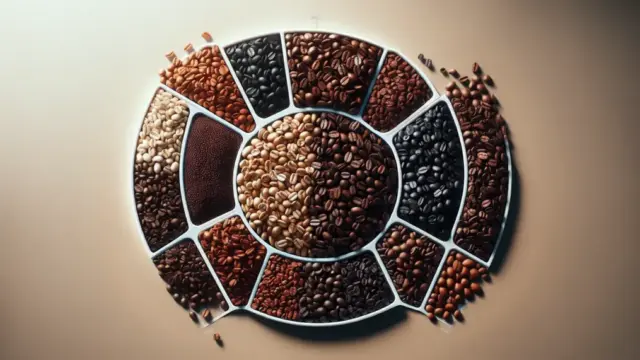




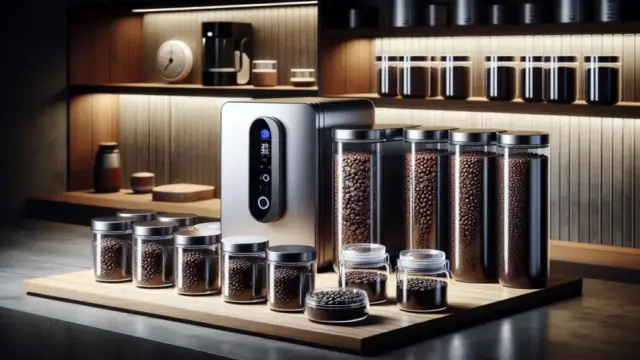

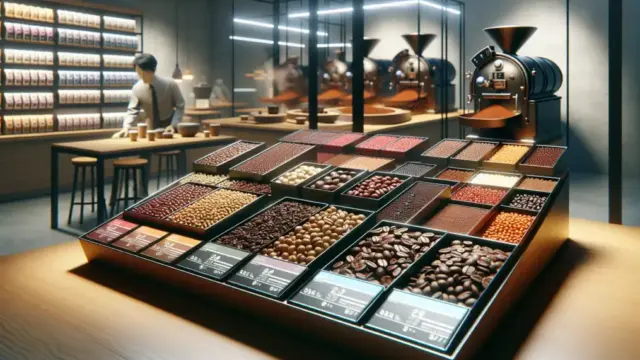





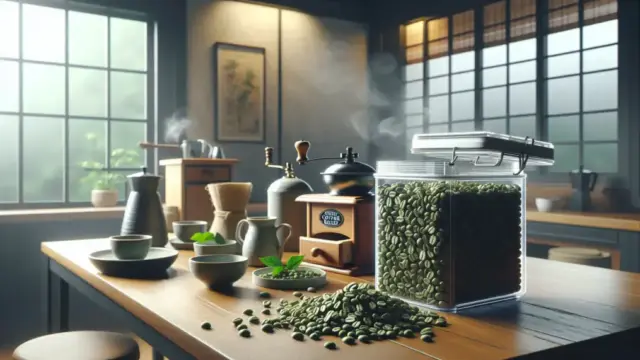









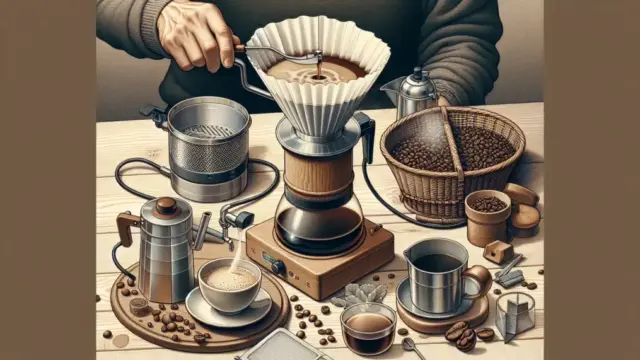







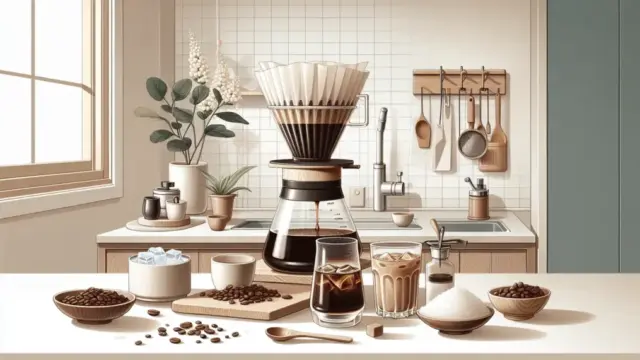




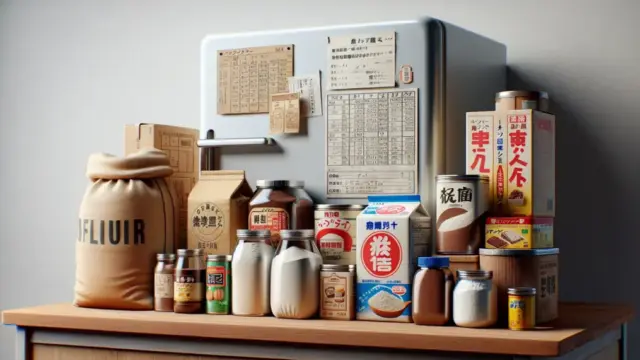









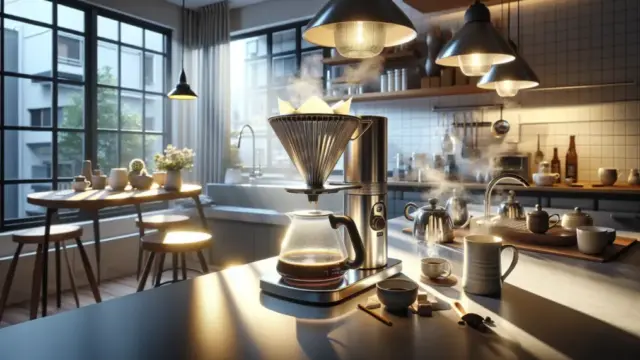
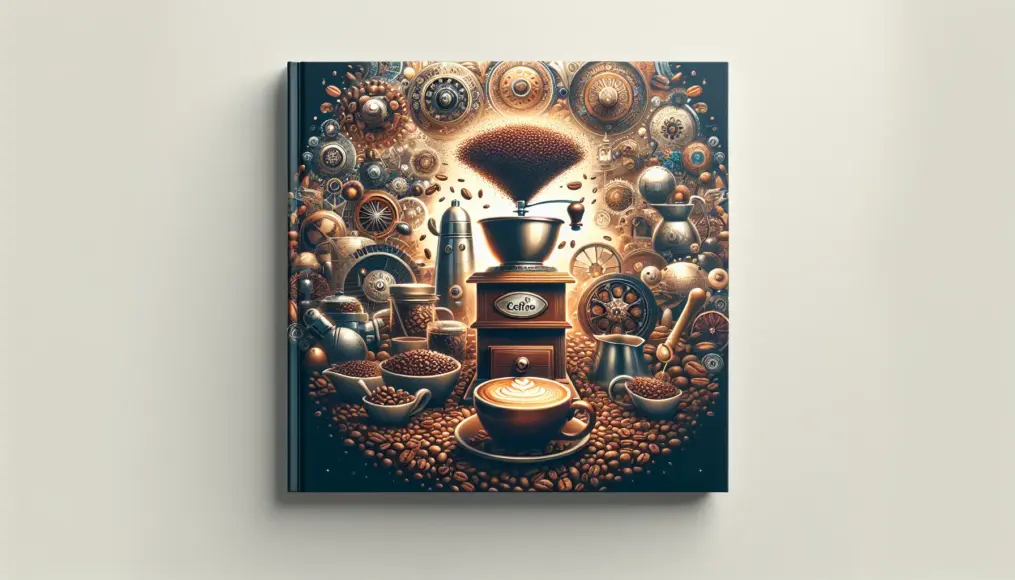
Comment